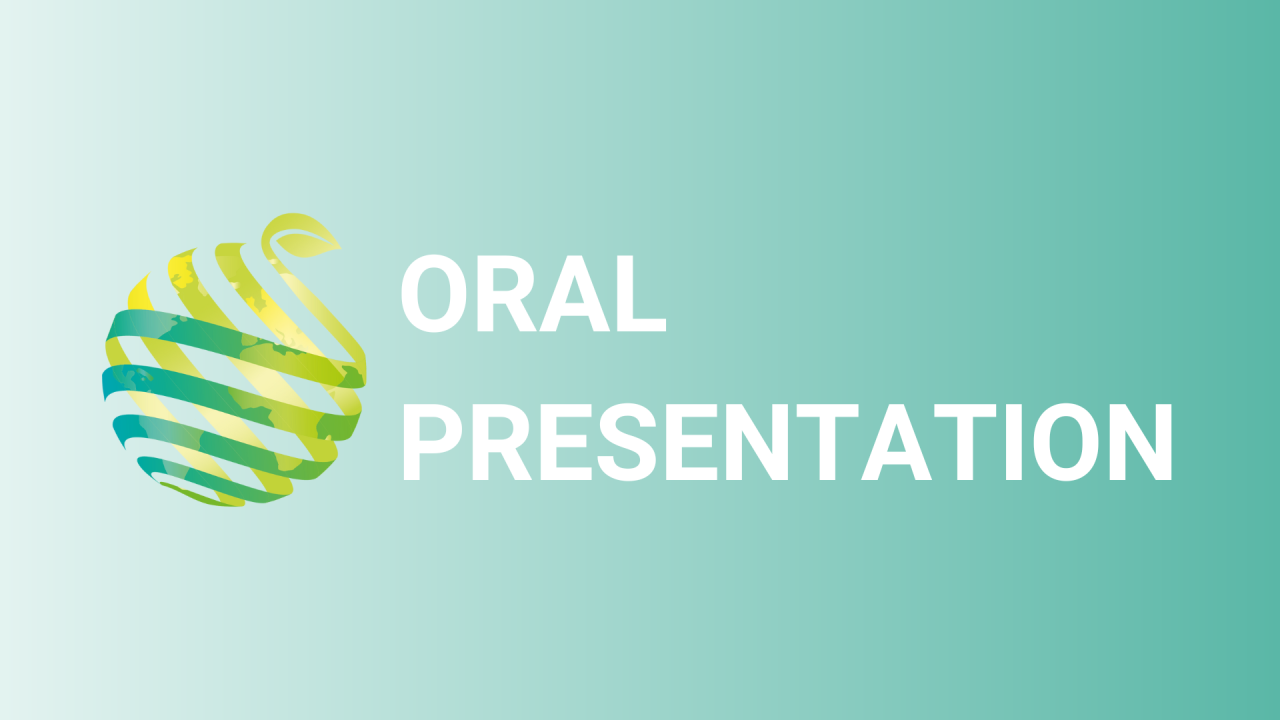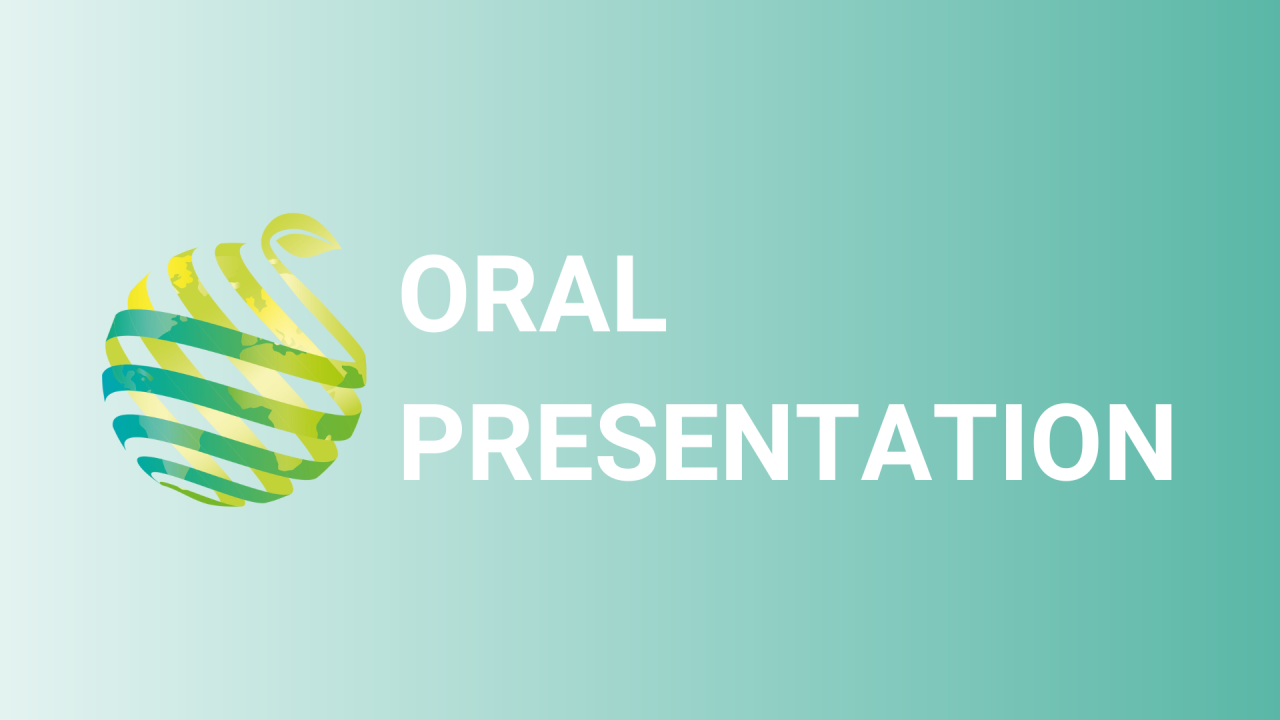

S06 - Session O4 - Enhancing light use efficiency and tomato fruit yield with quantum dot films to modify the light spectrum.
Information
Authors: Michael Blum *, Charles Parrish, Damon Hebert, Taylor Moot, Daniel Houck, Nikolay Makarov, Karthik Ramasamy, Hunter McDaniel, Gene Giacomelli, Matt Bergren
The spectral distribution, or quality of light, is a critical factor contributing to the photosynthetic efficiency, morphology, and phytochemical content of plants. The solar spectrum in a greenhouse can be passively modified by glazings of luminescent films containing quantum dots, which absorb and convert shorter wavelength light (UV and blue) into longer wavelength light (red). Dwarf cherry tomato plants ( Solanum lycopersicum 'Red Robin') were grown in an indoor test enclosure for 99 days to help understand the effects of light quality on tomato production and on light use efficiency. The plants were grown using metal halide electrical lamps with two quantum dot film treatments and a polyethylene film control. The two quantum dot films were engineered to emit light with peak wavelengths centered at 620 nm and 660 nm, respectively. All other environmental plant growth parameters were uniform across the control and two treatment groups. Light intensity and spectral quality were measured below and above each film to quantify the light use efficiency of the plants (g mol -1 ) and the radiation use efficiency (g mol -1 ), which also includes the efficiency of the film. The 620 nm and 660 nm quantum dot films demonstrated greater light use efficiency than the control by 19% and 22%, respectively, and exhibited greater radiation use efficiency than the control, 15% and 14%, respectively. The promising results of this study provide evidence of the potential for quantum dot films to enhance light use efficiency and radiation use efficiency, thus enabling increased crop productivity in controlled environment agriculture. For greenhouse crop production, the films could improve plant growth and quality, passively, without additional energy input and with little or no modifications to the current glazing attachment procedures.